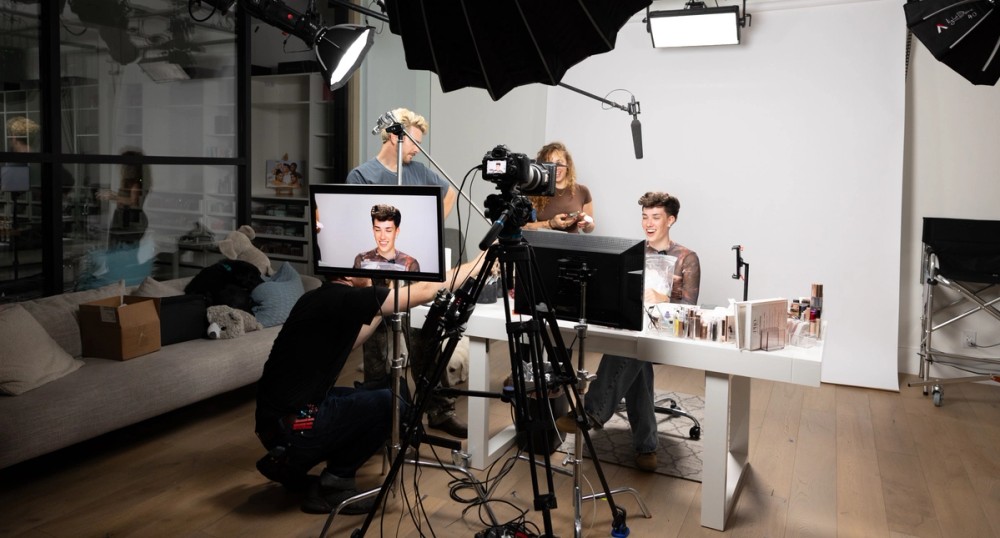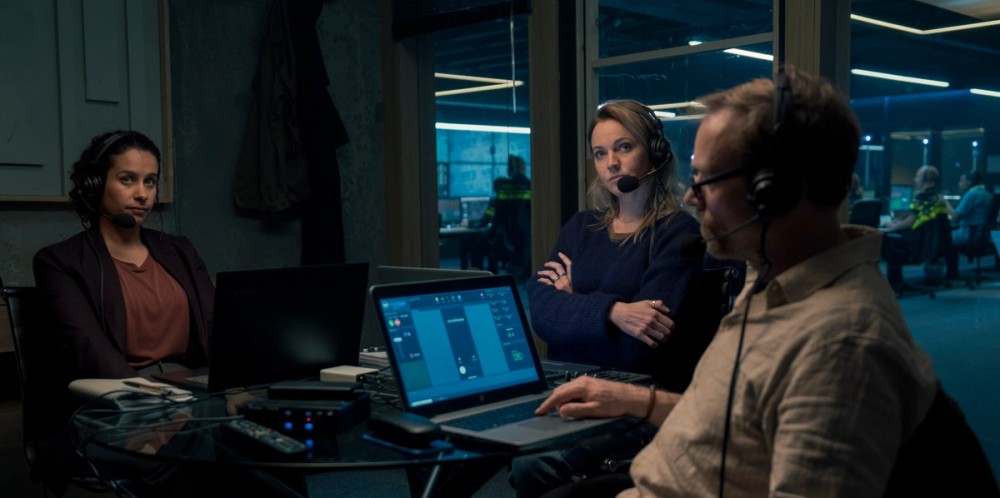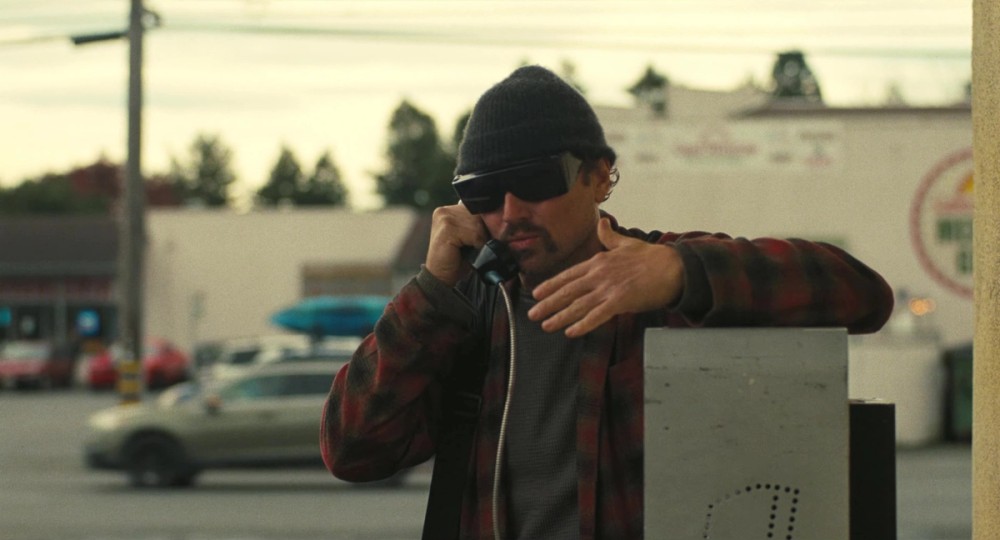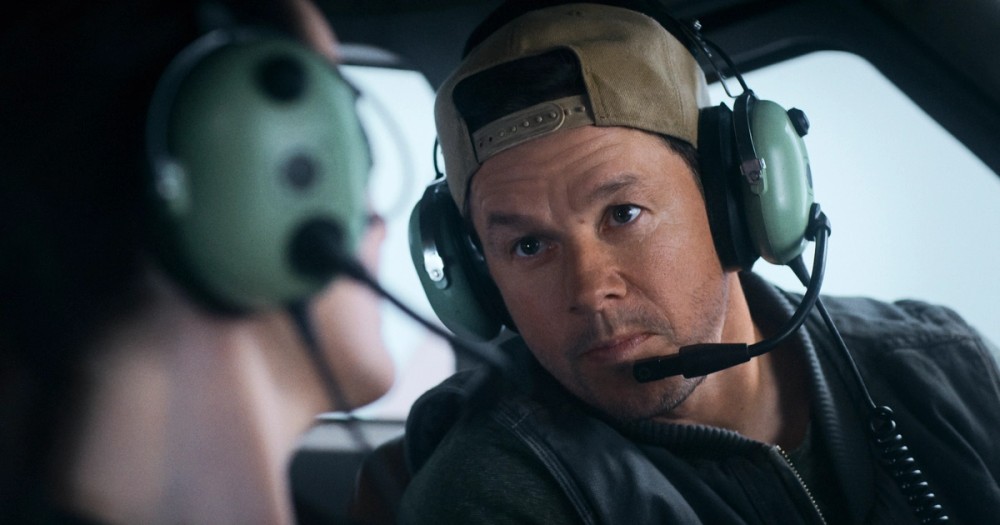
Grounding the High-Altitude Action of Flight Risk
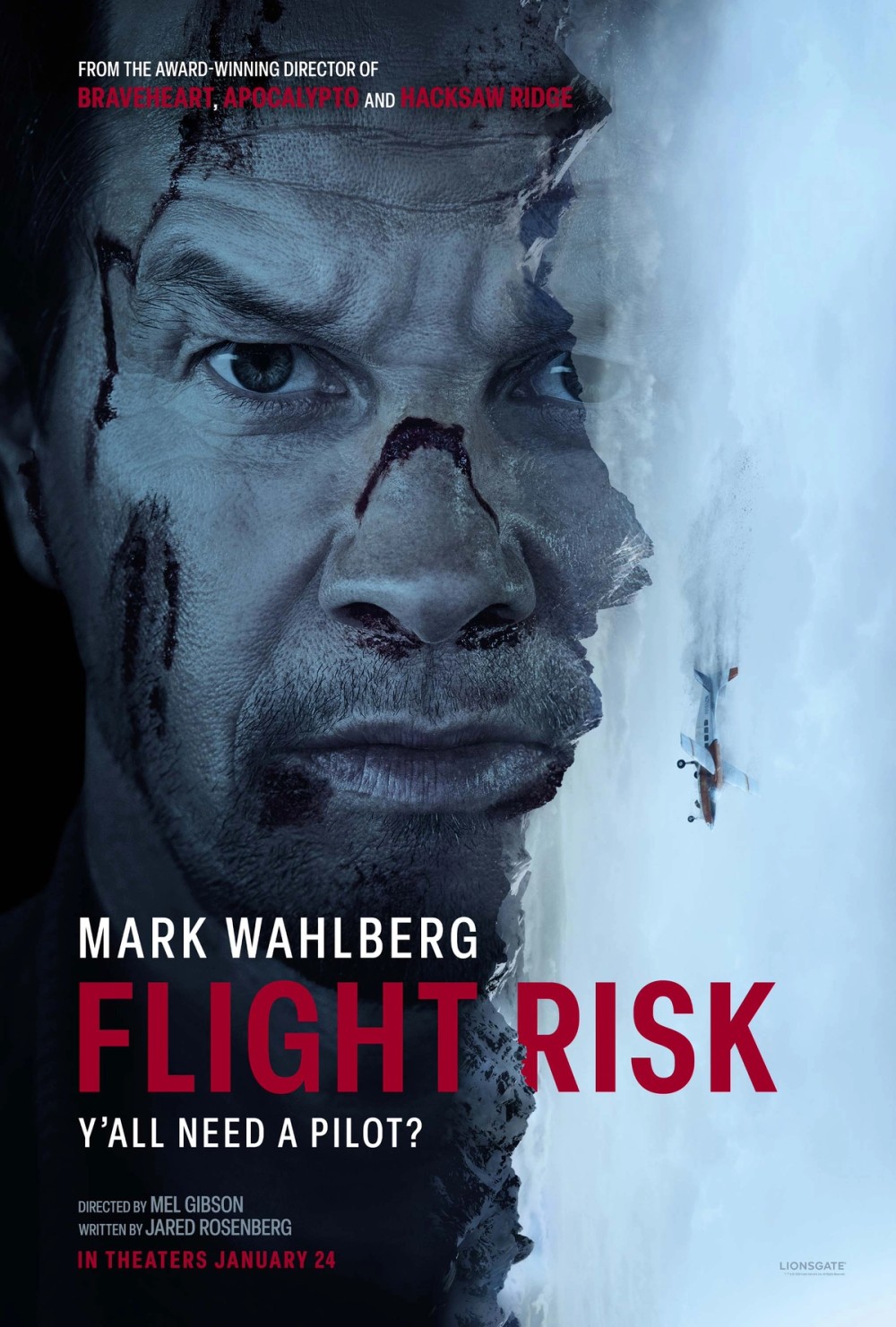
Production
- Flight Risk
Production Info
- Director: Mel Gibson
- Cinematographer: Johnny Derango
- Year: 2025
- Production Company: Lionsgate
How Johnny Derango tackled a claustrophobic thriller in the sky with cutting-edge technology and classic filmmaking teamwork.
Flight Risk is the latest from actor-director Mel Gibson, a contained action thriller with a chilling setting: the cabin of a single-engine Cessna plane flying high above the Alaskan wilderness.
Cinematographer Johnny Derango was tapped to lens the feature and brought his love of grounded, believable filmmaking to the task. But with a physically tiny location and a script dense with both story and physical twists and turns, Flight Risk looked like a project that would put an extreme strain on its modest $26M budget.
Shooting physically in the air for the duration would be impossible and even dangerous, while CG would tax the budget and eat away at the believability of the film. Modern technology like LED volumes could help, but wouldn’t have the output to match the setting’s crisp arctic sunlight.
The filmmakers’ approach to tackling these challenges centered on ultramodern LED lighting and display technology and deep collaboration between departments.
On-set VFX supervisor Michael Ralla used a helicopter-mounted Red Raptor platform to capture enormous 24k flight plates to display on the soundstage’s LED volume, run by Lux Machina. This real footage would play around the plane as it moved on a gimbal that could both mimic natural flight motion and tilt wildly for action scenes.
The plane interior was so cramped that there would only be room for cast, camera, and very limited crew. So, Derango and team mounted a series of Aputure Nova P600c arrays inside huge softboxes above the plane. Lightboard operator Elton James would dynamically match output from the Novas to the volume imagery.
To create intense sunlight, Derango relied on several techniques, including lamps mounted to movers above the plane, a Light Storm 1200d aimed at the camera through plane windows for sunset flares, and crossfading across Light Storm 600c Pros with Fresnels for moments when the plane banks crazily.
Flight Risk debuted at the top of the box office on the weekend of January 24, 2025, with reviews praising the film’s high-altitude action.
The cast greatly appreciated the lighting team’s work staying out of their way. Mark Wahlberg even thanked gaffer Andy Lohrenz personally for keeping lights out of the airplane itself.
Derango is proud not only of the vivid, natural look of the film but for how the immersive environment brought authenticity to the performances. “It feels so visceral. For the actors it’s crazy,” he says. “They get to react to [real imagery]. You see it going by, and you feel it.”
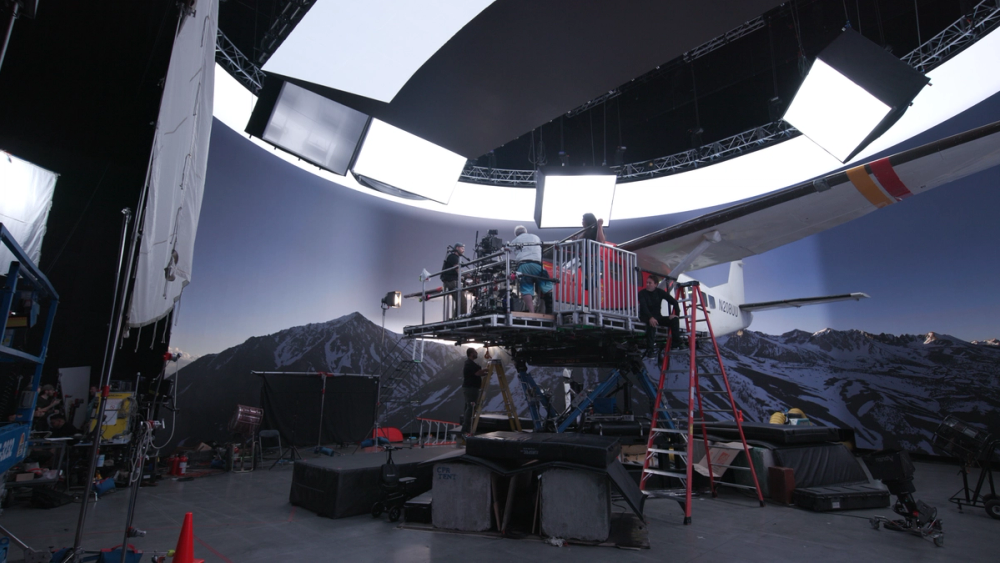
“LED lighting technology has really changed the way I work. You’re able to work faster, you’re able to pull off things you couldn’t pull off before. For me, to be able to dim a unit to a level a tungsten unit couldn’t go to, to changing color temperature on the fly, it’s been a real game changer.”
Johnny Derango
Cinematographer
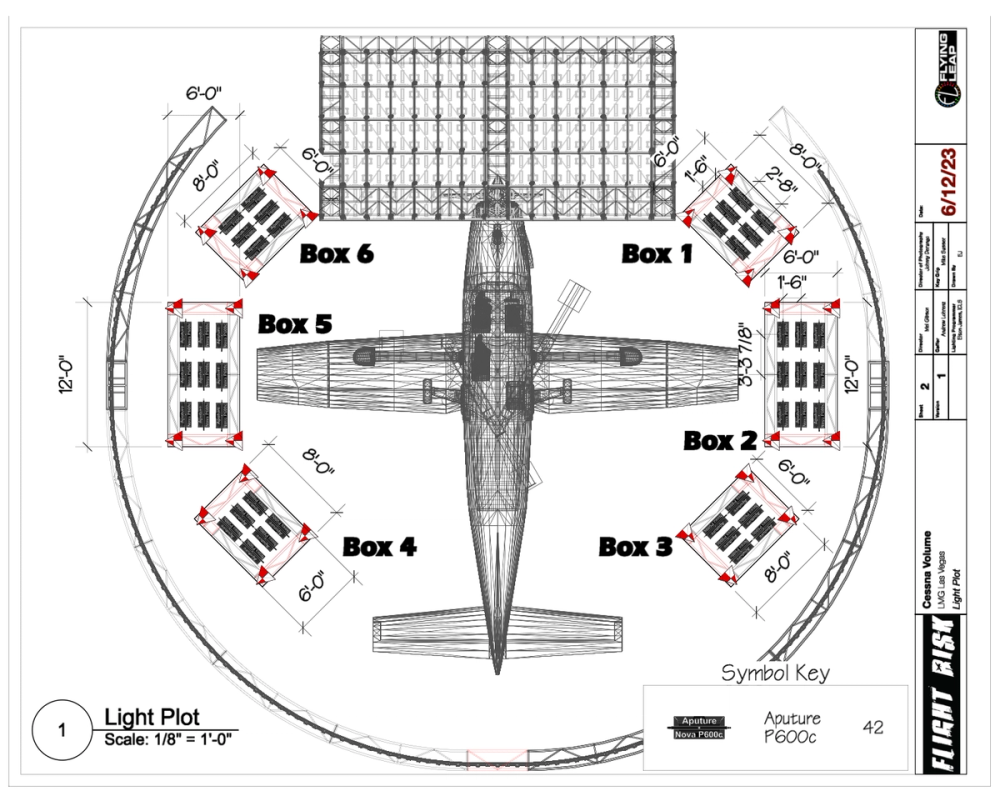
Sign up for announcements, exclusive offers, original stories, and more.
By signing up you agree to receive marketing emails from Aputure. View our Terms of Service & Privacy Policy.
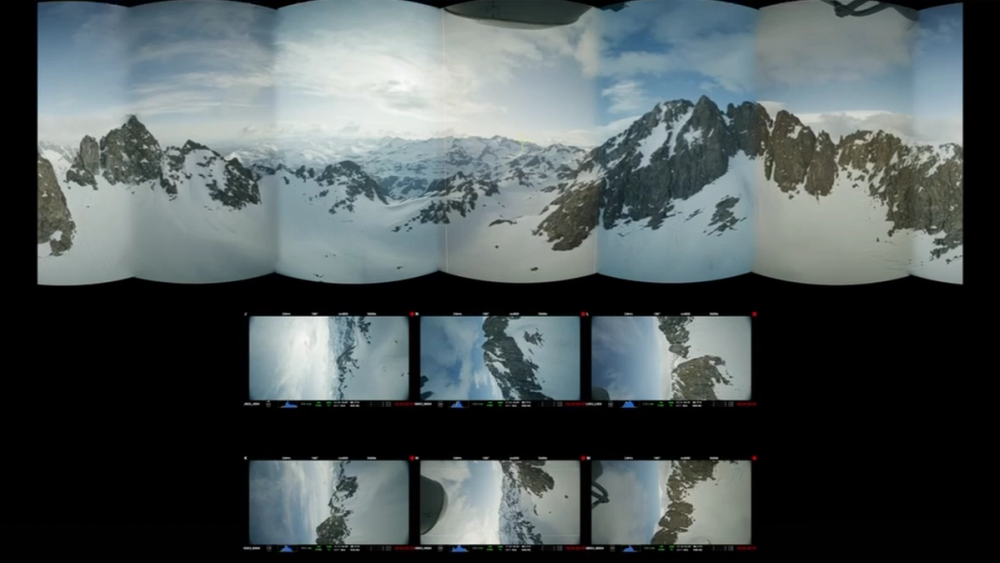
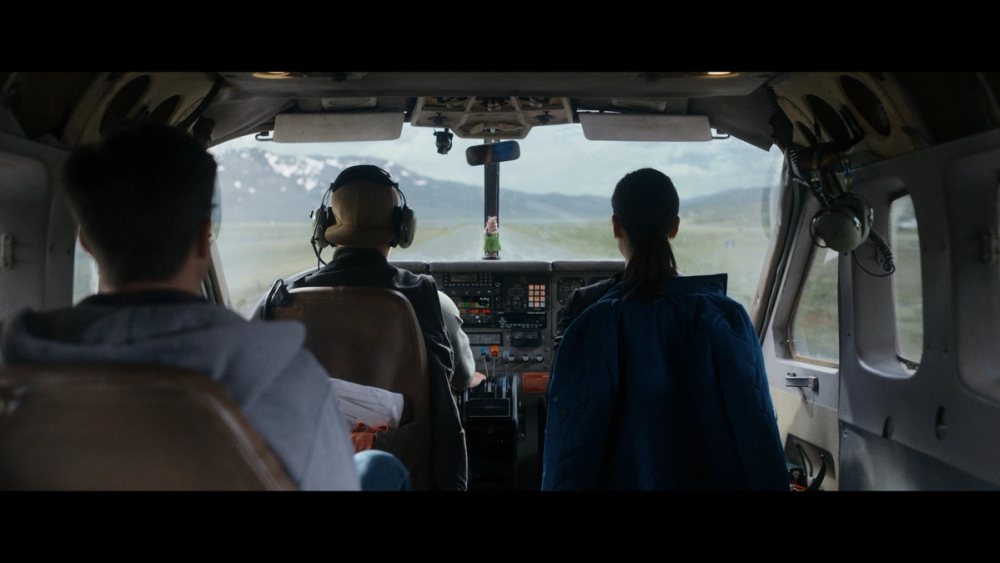
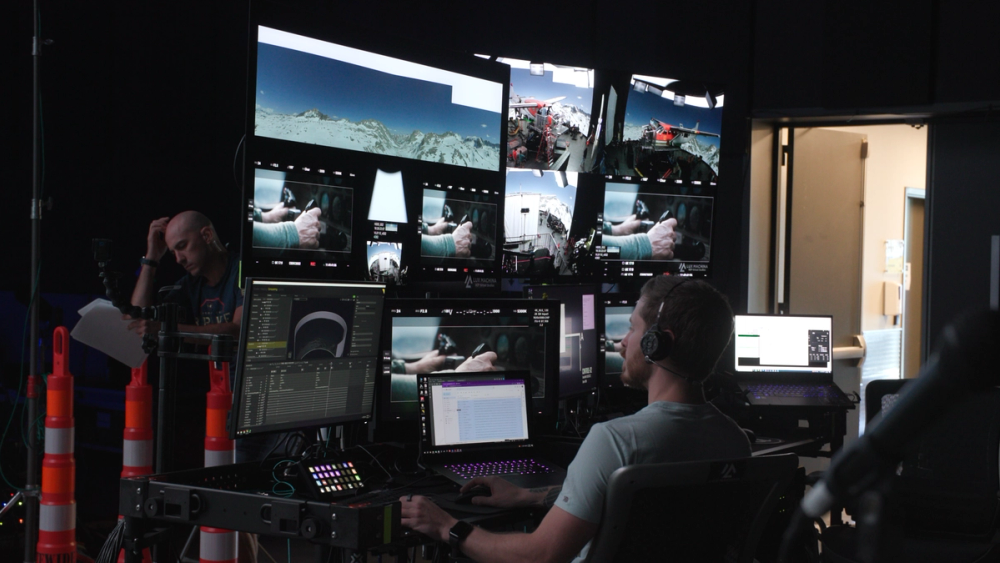
The filmmakers’ approach to tackling these challenges centered on ultramodern LED lighting and display technology and deep collaboration between departments.
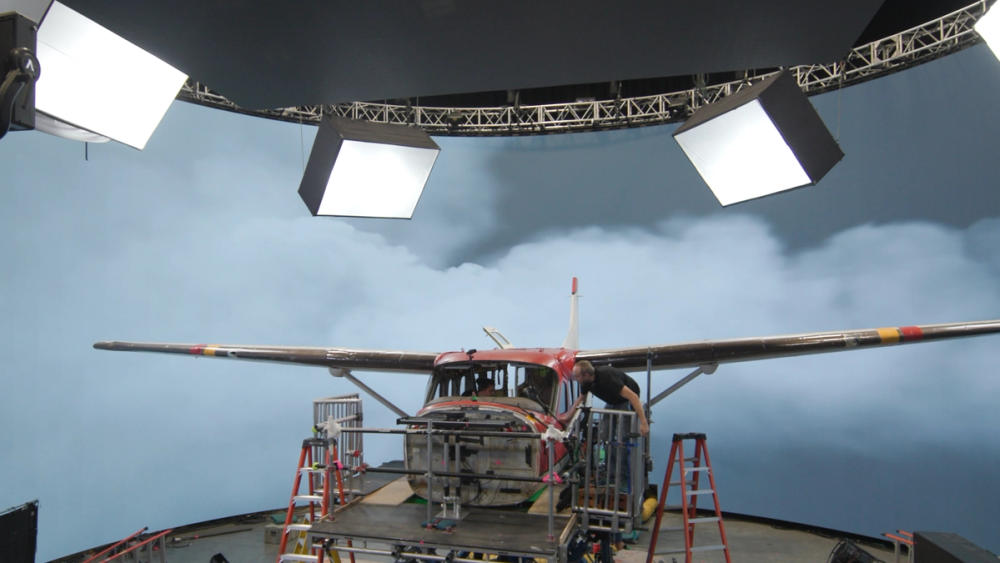
For scenes where the plane flew through clouds, Lux Machina created a cloud environment on the volume that the crew supplemented with SFX mist around the plane.
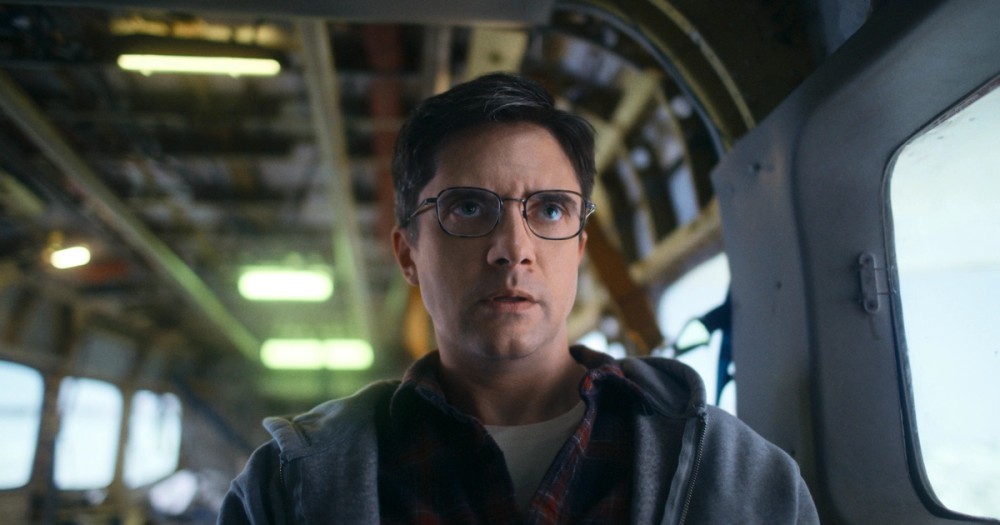
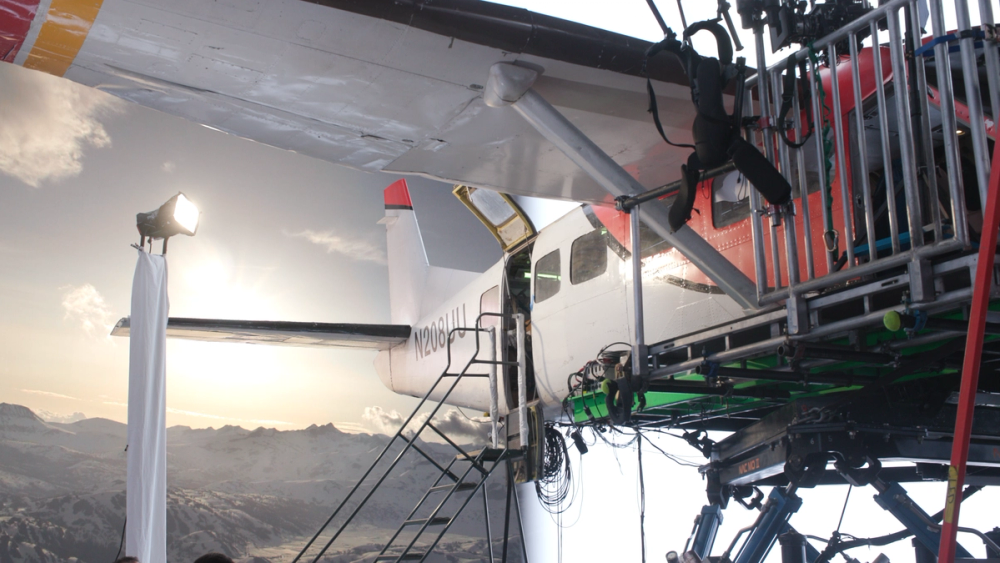
“We took a [Light Storm] 1200d and we put it in frame…aimed it right back at the camera. So you have what looks like the sun coming through the window. The light is stationary, it’s not moving, but I’m moving the plane on the gimbal, so we get these beautiful flares.”
Johnny Derango
Cinematographer
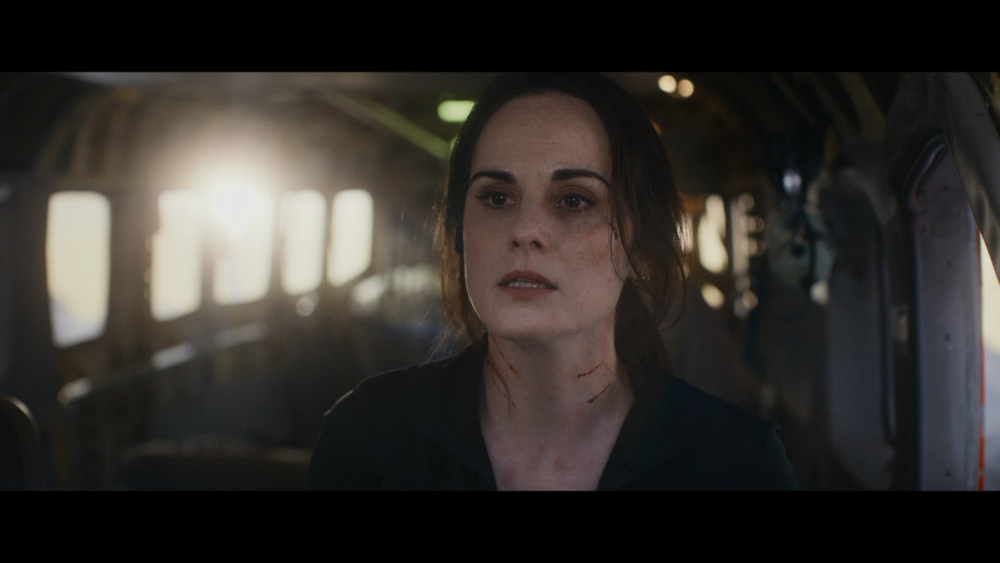
“We don’t do a whole lot of stuff where you’re floating out in space outside the airplane and then pushing in. We put cameras in real positions, where they could be in real life.”
Johnny Derango
Cinematographer
Grounding the film as much as possible was important to the filmmakers.
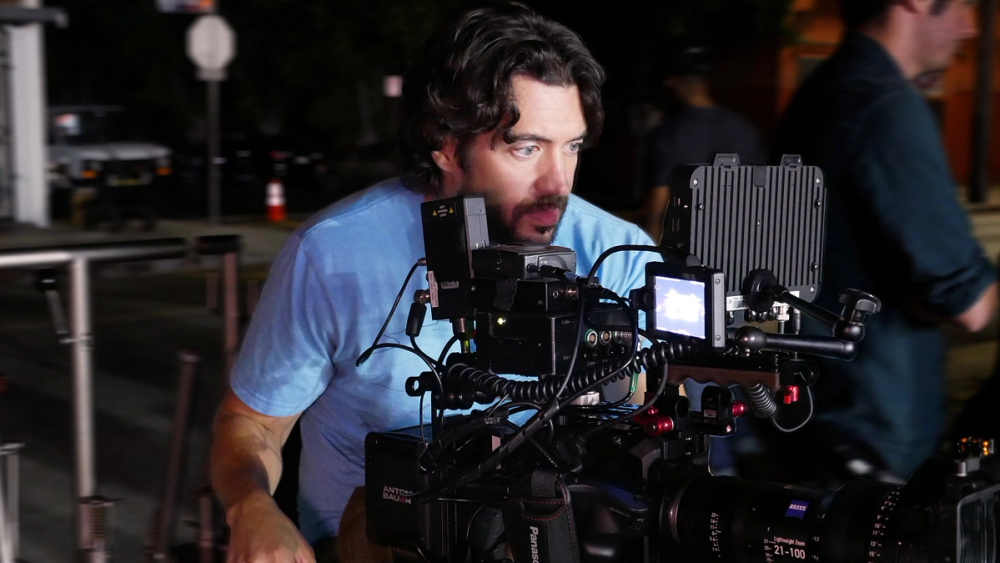
Johnny Derango is a producer and director of photography. While he originally planned to pursue directing, at Columbia College, legendary filmmaker Ronn Pitts inspired him to pursue cinematography, a craft he quickly found a passion for.
A 2018 American Cinematographer Magazine Rising Star, his credits include the films Small Town Crime (2017), Fatman (2020), and Unsung Hero (2024). On the small screen, he’s worked with Discovery Channel, MTV, Mozilla, Nissan, Volkswagen, and Southwest Airlines.
Sign up for announcements, exclusive offers, original stories, and more.
By signing up you agree to receive marketing emails from Aputure. View our Terms of Service & Privacy Policy.
Featured Products

600W tunable color soft panel light

Softbox for Nova P600c

1,200W daylight balanced point source lamp with enhanced connectivity

600W tunable color point source lamp with enhanced connectivity
